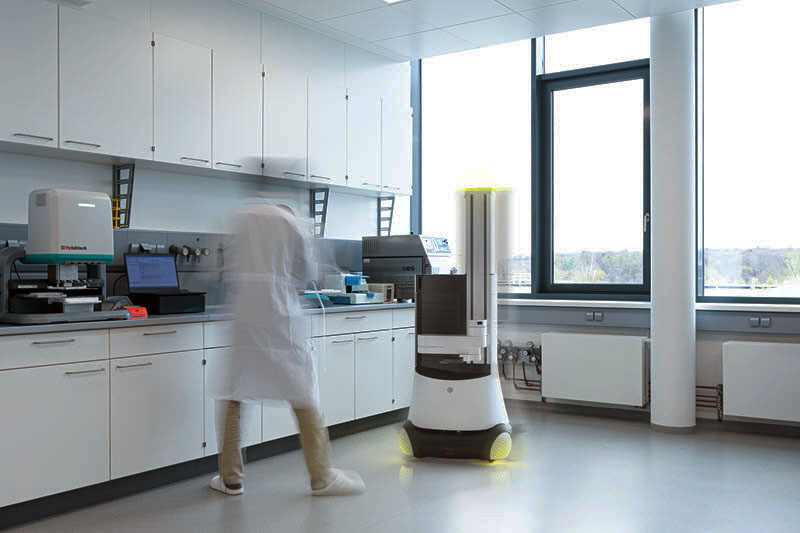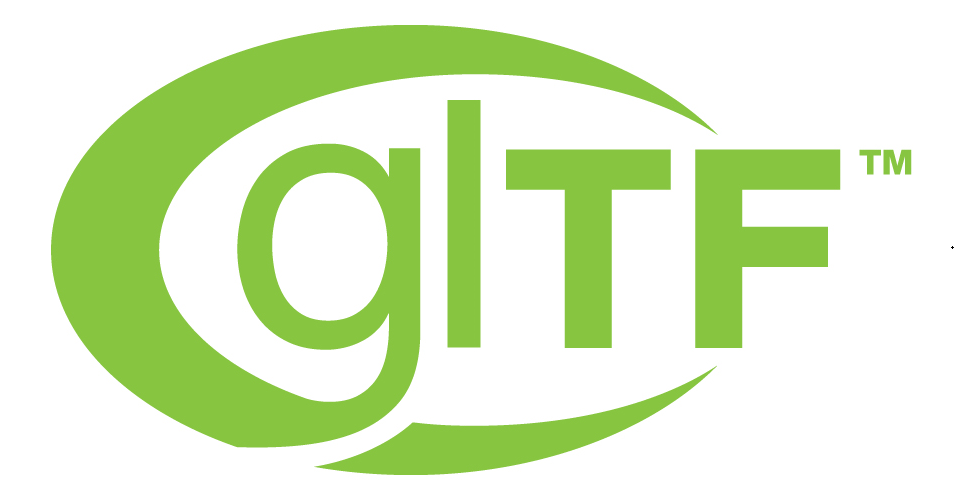When the COVID-19 pandemic forced the world’s biggest trade shows to cancel their physical events, many exhibitors reacted by putting their marketing efforts on hold.
“The industry really scrambled to figure out how to stay relevant,” said Darrin Hill, director of marketing for R&D and intelligence at Canadian automotive technology firm Magna International. “We noticed that many of our peers were not going all-in on digital at the time.”
In fact, the Center for Exhibition Industry Research reported in late March 2020 that 50% to 80% of the 2,500 business-to-business events scheduled for March 1-May 15, 2020 were canceled – a situation that has continued for 18 months. The loss of just the first 2.5 months of events cost the exhibits industry as much as $22 billion, CEIR estimated. By the third quarter of 2020, 97% of events were canceled.
Magna, however, was determined to turn the challenge into an opportunity.
“We were still doing research and development activities and had things we really wanted to shout about,” Hill said. “For us, the Consumer Electronics Show (CES) is our most important and probably our largest public event that we do every year – and it’s where we gain a tremendous amount of ground with our target audience. When the physical show got canceled and replaced with a digital version, we decided to really push forward and find a different, better, more impactful way to communicate what we offer.”
But how could Magna communicate effectively to virtual attendees in an online environment? By leveraging advances in 3D digital technology, using data from its engineering teams to create an extensive portfolio of digital marketing assets in just eight weeks.
The results far exceeded the company’s expectations.
“We developed a 3D photo-realistic generic Magna vehicle on which we were able to showcase our full product offering,” Hill said. “We were really looking for a platform that could offer a similar impact to a physical environment and help increase our reach digitally. Along the way we realized that this was the first time we’ve been able to demonstrate the complete power of Magna in an intuitive and manageable way.”
Digital Success through Interactive Marketing
Interactive 3D digital assets provide a differentiated experience for customers. Quite apart from traditional video assets – where the marketer dictates the story that is told – 3D digital assets offer a highly personal approach. Customers can interact with them at their own discretion, zoom in on the key product features that interest them most, experience product operation in a hands-on way and even explore the finer details via 360-degree rotation.
These benefits appealed to Hill and his team. Using the 3D digital model, they showcased Magna’s entire portfolio, from its autonomous driving offering to its electrified power train, doors that open and close by themselves, innovative lighting solutions and more.

In Magna’s glTF presentation of its concept truck at CES 2021, visitors could explore each Magna system in detail. This interactive marketing display allows viewers to choose each of the five sensor systems to explore details of their benefits and operation. (Image courtesy of Magna)
“We were able to incorporate many more technologies than we had originally thought possible,” Hill said. “Working with a completely digital canvas allowed us to do things that would be impossible with a physical property. It allowed us to do more, to show more, and to be more of a storyteller. We were able to showcase all of our innovations in context, and in coordination with one another.”
The approach proved so beneficial that Hill doesn’t expect a complete return to the traditional way of exhibiting. “I expect we will take a hybrid approach in the future, using 3D to add a new dimension to physical events,” Hill said.
glTF Catching On
Although Magna is a trailblazer in the online 3D marketing space, it isn’t alone.
Tobias Brode, head of business unit medical engineering and biotechnology at Fraunhofer IPA, a research development organization based in Germany, reports similar benefits.
Brode and his team have created a mobile lab robot called KEVIN®, designed to automate repetitive, manual laboratory work and assist humans with work that must be done overnight or on weekends. Creating digital marketing assets from design data allowed Brode to expedite KEVIN’s development and garner interest from the market – before the design prototype robot has been built.

Creating interactive marketing assets from design data allows Fraunhofer IPA to search for investors for its mobile lab robot KEVIN before the prototype is built.
“We are able to create a virtual showroom for KEVIN, where we can demonstrate to key stakeholders his key functions and features, showcase potential use cases and enable 360-degree interaction – all in an incredibly realistic way,” Brode said.
The approach has saved Brode and his team a significant amount of time and money.
“Traditionally, we would have had to either ship KEVIN across the world so that customers can see him in the flesh, or bring them to our lab,” Brode said. “We don’t have to do that anymore – it’s a far more sustainable approach.”
A New Standard for Success
For both Brode and Hill, the forced plunge into digital 3D marketing coincided with growing adoption of an open standard for 3D assets called the GL Transmission Format (glTF™). glTF converts heavy digital engineering files – sometimes measured in terabytes – to a light format that even mobile phones can run. The breakthrough gives marketers’ access to a much larger audience – virtually the entire world, in fact – while giving that audience the freedom to examine any aspect of the model from any angle, a significant improvement over demonstration videos.

glTF is a file format that allows for high quality 3D interactive marketing
“glTF has been designed by Khronos, an open, non-profit, member-driven consortium of over 150 industry-leading companies, to enable 3D models and scenes to be efficiently transmitted and loaded at runtime into diverse 3D engines, viewers and applications,” said Neil Trevett,
Khronos Group’s president. “glTF’s superpower is that it is carefully designed to be usable everywhere on the web and on mobile devices.”
Although most online sites cannot host glTF models yet, major online retailers, search engines and social media sites are working with Khronos to enable the capabilities on their platforms. By enabling their users to interact with virtual products in virtual scenes, their efforts promise to transform the online experience.
“The 3D Commerce working group at Khronos is working very closely with glTF to enable 3D in e-commerce at industrial scale,” Trevett said. “They have realized that in parallel to glTF’s technical advancements, they need to solve the current process friction of hundreds of companies trying to cooperate over the design, manufacture and presentation of thousands of products across multiple platforms.”
The 3D Commerce Working Group has been instrumental in inspiring a series of glTF extensions for more flexible model deployment, including metadata for integrating 3D models into enterprise-level asset management systems.
“3D Commerce has also worked on best practice asset creation guidelines to help 3D artists and tool vendors understand how to create 3D assets that can be reliably and easily deployed across multiple companies and platforms,” Trevett said. “And finally, Khronos is launching a 3D Commerce Viewer Certification Program to ensure that assets created using best practices will be correctly displayed by diverse platforms and devices.”
Expanding reach of Interactive Marketing
Thomas Rilke, managing director at the Deutsche Messe Technology Academy in Germany, believes that the glTF standard – along with advances in technologies that help companies create 3D digital assets quickly and effectively – will lay the groundwork for the future of industry trade shows.
To this end, Rilke has created a new business it calls Media Factory, which enhances the value of the company’s trade shows, including the world-famous Hannover Messe, by offering Deutsche Messe customers access to the tools they need to create effective digital marketing assets.
“Add the glTF standard to the mix, and . . . digital assets can be accessed from even the most basic mobile phone, instead of a high-performance computer. This is truly game-changing.”
Thomas Rilke, Managing Director, Deutsche Messe Technology Academy
“Our future is undoubtedly hybrid events, where we fuse the physical with the digital,” Rilke said. “Through our Media Factory, we will be able to ensure that more of our customers are equipped to succeed in this new reality.”
The benefits are compelling.
“It’s important to recognize that 90% of our events are for really technical industries,” Rilke said. “Our typical exhibitors are machinery companies, or manufacturers of complicated pieces for machinery. They seldom build single products – they may have 30 or 40 different models, and many of these models can be customized, resulting in an almost infinite number of variations. So, you see, it’s impossible to showcase their entire offering at a physical event, which may mean they miss out on potential business.”
By having engineering-quality, 3D digital assets and simulations to exhibit at physical events, Rilke’s customers can present their entire product offering in a realistic way.
“Add the glTF standard to the mix, and the benefits are even greater; it means these digital assets can be accessed from even the most basic mobile phone, instead of a high-performance computer,” he said. “This is truly game-changing.”
Magna’s Hill shares Rilke’s excitement about what can be achieved, both now and in the future. “Because we touch so many parts of a vehicle, it is very difficult to quickly create a unique experience for our diverse audiences,” Hill said.
That challenge is now just a memory.
“With our new digital marketing assets, everything fits together properly,” Hill said. “It belongs. There’s a logic flow which we can supplement with stories to explain our technologies in a way we’ve never been able to do before. It’s compelling, it’s impactful, and it’s really changing the game for us.”
Experience glTF-enabled interactivity at the “damaged helmet” demo on Khronos’ glTG page
Read one industry executive’s view on the potential impact of gIFT on the future of marketing
Editor’s Note: The Fraunhofer IPA spin-off project, KUTOA, is supported by the 3DEXPERIENCE Lab through its incubator partner Industrial Future Hub, operated by Deutsche Messe Technology Academy.

